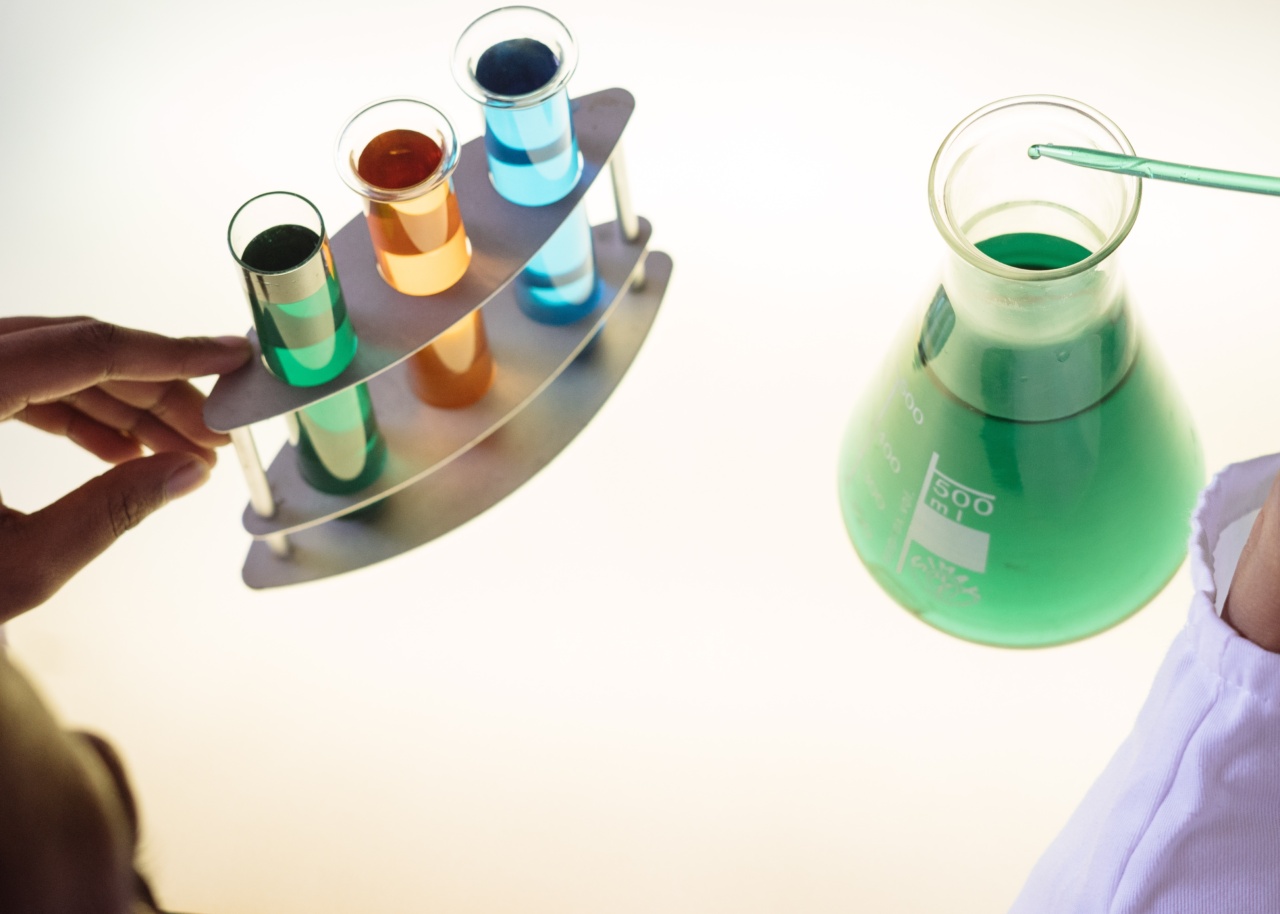Innovations in technology have revolutionized various industries, and the field of microbiology is no exception.
As scientists strive for faster, more accurate, and more convenient ways to conduct tests and experiments, the concept of a microbiology lab in the form of a smart necklace emerges as a breakthrough solution. This wearable device brings the laboratory to the fingertips of researchers and holds the potential to transform the way microbiologists work.
The Need for Innovation
Microbiology is the branch of science that explores the invisible world of microorganisms such as bacteria, viruses, and fungi.
Laboratories equipped with specialized tools and instruments have been traditionally relied upon to identify and study these microorganisms. However, the challenges associated with traditional lab setups are numerous and include limited portability, high costs, and time-consuming procedures.
In recent years, the demand for rapid diagnostics and on-the-go analysis has been growing. Traditional laboratory methods often require samples to be transported from the collection site to the lab, resulting in delays and potential sample degradation.
Moreover, the complexity of the lab setup and the need for skilled personnel restrict access to advanced diagnostic capabilities in remote or resource-limited areas.
The Concept of a Smart Necklace
The idea behind a smart necklace as a microbiology lab is to create a compact, wearable device that offers the functionality of a traditional lab.
The necklace would incorporate miniature tools, sensors, and analytical capabilities, enabling researchers to perform real-time analysis in any location. This transformative technology would essentially bring the lab to the field, simplifying the diagnostic process and increasing accessibility.
Key Features and Benefits
The smart necklace would be equipped with various features to provide the necessary tools for efficient microbiological analysis.
1. Miniaturized Microscopy
Microscopy is a fundamental tool in microbiology, enabling the visualization of microorganisms. The smart necklace would feature a miniaturized microscope capable of capturing high-resolution images.
Researchers could quickly examine samples on-site without the need for a traditional microscope, making it ideal for fieldwork or point-of-care diagnostics.
2. Molecular Detection
Molecular detection techniques are used to identify specific microorganisms or detect genetic material. The smart necklace could incorporate miniaturized polymerase chain reaction (PCR) technology or other molecular detection methods.
This would enable researchers to quickly analyze DNA or RNA samples in real-time, providing rapid and accurate identification of pathogens or genetic markers.
3. Sensor Array
Microorganisms often release volatile compounds that can serve as indicators of their presence or activity. A smart necklace could be equipped with a sensor array capable of detecting these volatile compounds.
By analyzing the chemical composition of the surrounding air, the device could provide valuable insights into microbial activity, environmental contamination, or even the quality of food or water.
4. Data Analysis and Connectivity
The smart necklace would feature on-board data analysis capabilities to process the collected data and provide actionable insights.
By leveraging artificial intelligence and machine learning algorithms, the device could identify patterns and trends, making it a valuable tool for research and diagnostics. Additionally, the necklace could connect wirelessly to external devices or cloud-based platforms, allowing for seamless data sharing and remote collaboration.
Potential Applications
The introduction of a smart necklace as a portable microbiology lab opens up a wide range of applications and benefits.
1. Point-of-Care Diagnostics
In areas with limited access to traditional laboratory facilities, the smart necklace could provide healthcare workers with the ability to conduct on-the-spot diagnostics.
This is particularly relevant in remote or underserved regions where transportation of samples to centralized labs is challenging. The necklace’s molecular detection capabilities could aid in the rapid diagnosis of infectious diseases and support timely treatment decisions.
2. Environmental Monitoring
Environmental monitoring often involves the analysis of microorganisms to assess the quality of air, water, or soil.
By wearing the smart necklace, researchers could collect valuable data in real-time, helping identify potential sources of contamination or monitor the impact of environmental factors on microbial populations. This continuous monitoring could lead to early detection of harmful microorganisms or environmental risks.
3. Food Safety and Quality Assurance
Microbiological contamination can pose significant risks in the food industry. The smart necklace’s sensor array could help food inspectors or quality control personnel detect microbial contamination or spoilage in real-time.
By ensuring the safety and quality of food products at various stages of the supply chain, this technology could enhance consumer confidence and reduce the economic impact of foodborne illnesses.
The Road Ahead
While the concept of a smart necklace as a microbiology lab holds immense potential, several challenges must be addressed before it becomes a reality.
1. Miniaturization and Integration
Miniaturizing complex laboratory tools and integrating them into a small wearable device poses engineering and technological challenges.
Significant advancements in microfabrication, materials science, and sensor technology are required to achieve the desired functionality within a compact form factor.
2. Accuracy and Reliability
Microbiological analysis requires high levels of accuracy and reliability. Ensuring that the miniaturized tools and sensors within the smart necklace deliver consistent and precise results is crucial.
Extensive testing and calibration are necessary to establish the performance benchmarks and validate the device’s analytical capabilities.
3. Cost and Accessibility
The affordability and accessibility of the smart necklace will be key factors in determining its widespread adoption.
The device should be cost-effective to produce, maintain, and replace, allowing researchers and healthcare workers from diverse backgrounds to benefit from its capabilities.
4. Ethical and Regulatory Considerations
The development of any new technology must consider ethical implications and adhere to regulatory standards.
The smart necklace’s use in various fields, such as healthcare and food safety, raises questions regarding data privacy, patient confidentiality, and quality control. Robust frameworks and guidelines must be established to ensure responsible utilization and safeguard against potential misuse.
The Promise of the Microbiology Lab of the Future
A smart necklace as a microbiology lab represents a paradigm shift in the way researchers conduct microbiological analysis and diagnostics.
By combining miniaturized laboratory tools, sensors, and data analysis capabilities, this groundbreaking technology holds the potential to improve public health, enhance environmental monitoring, and streamline various industries reliant on microbiological analysis.




























